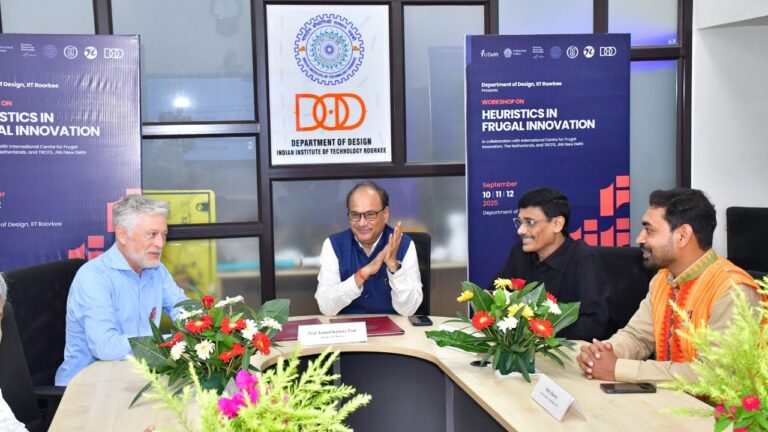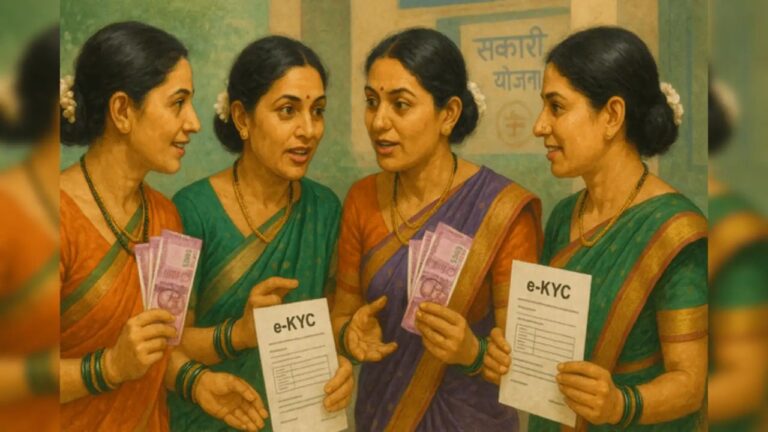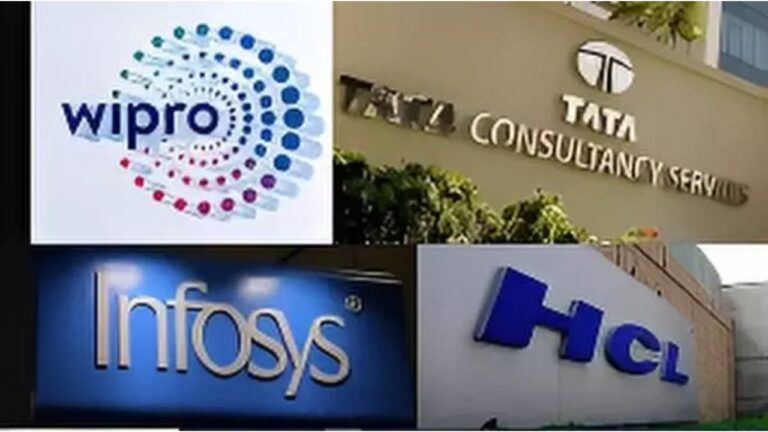
Dharmendra Pradhan Launches DBT in NAPS to Strengthen Apprenticeship Ecosystem in India
In a significant move to enhance the apprenticeship training landscape in India, Dharmendra Pradhan, Union Minister for Education and Skill Development & Entrepreneurship, unveiled the introduction of Direct Benefit Transfer (DBT) in the National Apprenticeship Promotion Scheme (NAPS).
With the launch, an amount of approximately Rs. 15 crores was disbursed to one lakh apprentices, marking a pivotal step forward in promoting skill development and empowering the nation’s youth.
Since its inception in 2016, the National Apprenticeship Promotion Scheme has garnered remarkable momentum, engaging a staggering 25 lakh young individuals in apprenticeship programs till July 31, 2023. A substantial achievement in the fiscal year 2023-24 is the successful completion of training by around 2.6 lakh apprentices, showcasing the scheme’s growing influence.
The proactive efforts of the Government of India to propagate high-quality training have significantly contributed to the rise in active establishments from 6,755 in 2018-19 to an impressive 40,655 in 2023-24. This surge in participation reflects the synergy between policy evolution, industry collaboration, and the heightened recognition of the significance of a skilled workforce.
Dharmendra Pradhan hailed the launch of DBT in NAPS as a monumental stride towards invigorating the apprenticeship ecosystem. He emphasized that this step aligns perfectly with Prime Minister Narendra Modi’s vision of fostering aspirational skilling and promoting the concept of “earning while learning,” as outlined in the National Education Policy (NEP). He extended congratulations to the one lakh apprentices who received stipends through the DBT mechanism on this auspicious occasion.
Atul Kumar Tiwari, Secretary of the Ministry of Skill Development & Entrepreneurship, emphasized that empowering the youth with skills lies at the heart of the nation’s vision. The introduction of DBT in NAPS marks a move towards transparency and efficiency. The robust strategy, involving the evolution of policies, collaboration with industries, and heightened recognition, underscores the importance of a skilled workforce in India’s growth story.
During the launch, Dharmendra Pradhan interacted with vibrant industry clusters and enthusiastic apprentices from states like Maharashtra, Telangana, Himachal Pradesh, Kerala, Haryana, and Uttar Pradesh. Notably, there has been an exceptional 488% increase in the number of establishments offering apprenticeship training since the inception of NAPS. This growth in apprenticeship training adoption will undoubtedly strengthen the nation’s workforce and contribute to economic progress.
The Ministry of Skill Development & Entrepreneurship (MSDE) also organized a “Chintan Shivir” on “Enhancing Apprenticeship Engagement” to amplify the uptake of apprenticeship programs across all stakeholders. The discussions were divided into three breakout sessions, focusing on making apprenticeship aspirational, strategies for promoting quality apprenticeships, and creating an inclusive apprenticeship ecosystem.
The deliberations revolved around fostering dialogue, increasing apprenticeship uptake, enhancing quality, and ensuring equal opportunities for marginalized and underserved communities. The Chintan Shivir’s core objective was to foster collaboration among central and state governments, industry bodies, and the private sector.
The accomplishments of the National Apprenticeship Promotion Scheme (NAPS) include a significant increase in successfully completed training in FY 2023-24, with around 2.6 lakh apprentices graduating. The participation of women apprentices also witnessed substantial growth, with numbers surging from 22,427 in 2018-19 to 1.48 lakh in FY 2022-23, marking nearly a seven-fold increase in five years. The number of active establishments offering apprenticeship has impressively risen from 6,755 in 2018-19 to 40,655 in 2023-24.
States like Gujarat, Maharashtra, Haryana, Uttar Pradesh, Tamil Nadu, Karnataka, and Telangana have emerged as leaders in apprenticeship engagement. The apprenticeship spectrum caters to a diverse range of individuals, spanning from 5th to 8th-grade passouts to graduates, postgraduates, and certificate holders. This inclusive approach extends to regions like the North Eastern Region, aspirational districts, and tribal districts.
To promote awareness about apprenticeship, events like Pradhan Mantri National Apprenticeship Melas and Kaushal Mahotsav, along with industry cluster workshops, have been conducted across the country. Notable participation from various sectors like industrial corridors, industrial parks, chambers of commerce, private sector banks, large CA firms, sector skills councils, and industry clusters underscores the collective effort to boost apprenticeship training.
Under the NAPS, the Government of India reimburses 25% of the prescribed stipend, up to a maximum of Rs. 1500/- per month per apprentice, that employers offer to apprentices. With the DBT implementation, it’s anticipated that the number of apprentices will increase significantly beyond the current 30%. This advancement aligns with the nation’s commitment to fostering skill development, promoting inclusivity, and driving economic growth through a well-trained and motivated workforce.






